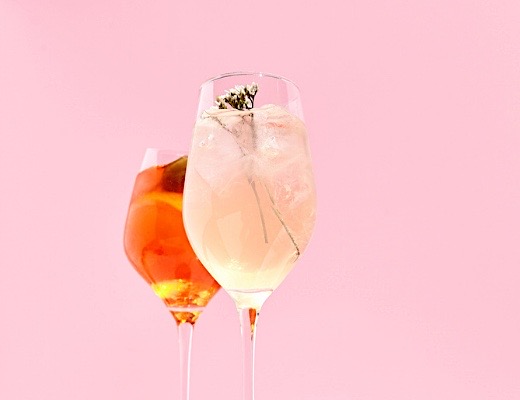The growing creative cocktail culture is all about infusing drinks with herbs and flavors that give everyone’s palate a refreshing taste. For example, imagine adding freshly ground pepper to the glass. One simple element can make an ordinary choice exciting. As a mixologist, one must constantly play with ingredients to make their offerings tasteful, just as the chefs do. And the use of something like pepper is only an example. Margarita is the popular choice on off-days for many people. When taken with a dash of pepper, the humble tequila drink becomes far more enjoyable. Anyone looking for some spicy kick can only feel thrilled about it.
Adam Seger says that freshly plucked fruits, vegetables, and herbs from the garden quickly become a part of the delectable cocktails. From restaurants to hotels and bars, everyone is now creating botanical cocktail drinks with spirits.
Growing one’s cocktail recipe by Adam Seger
Historical background
Some people may think plant-based cocktails are the recent phenomenon, while the old accounts suggest that rum came from sugarcane, whiskey from barley, wheat, rye, corn, etc. Vodka made from fruits, veggies, and grains was also common. Similarly, Gin originated in Holland in the 17th century and served medicinal purposes. For buying it, one needed to visit a chemist. Since it didn’t taste well, the Dutch started using flavors to make it appealing. They used juniper for flavoring because of its richness in medicinal properties.
Cocktail gardens& garnishes
If someone knows their favorite flavors, planting ingredients based on the climate will not take much time. Any edible garden plant can make its way into the cocktail. Think about growing pomegranate, for instance. Pomegranate juice can make a perfect addition to the margarita. Remember one thing that garden-based cocktail recipes will be seasonal. In summers, one can mix watermelon, and during early spring, strawberries can be quickly accessible. An adventurist mixologist enjoys making their shrubs or concentrated fruits, vinegar, and sugar syrups. These give excellent flavors to a drink when combined with herbs and spices.
One can begin with 16 to 20 different types of plants. For botanical mixologists, it can be easy to double these varieties. They can have various flavors. For example, lemon thyme, sorrel, and verbena can add a lemony touch to the drink, while chocolate mint can lend a sweet twist. For fruity fun, pineapple mint can be a good choice. For garnishing, Johnny-jump-ups and calendula flowers can be irresistible. According to Adam Seger botanical cocktails are one of the finest drinks for entertaining guests. These are pure artsy things. The glasses filled up with the rich liquid never fail to impress cocktail lovers. The vibrant color and aroma can be the added attraction. It can also be a very satisfying experience for a mixologist to explore this kind of creativity. Nothing can match the fun of using fresh ingredients to make fancy drinks for the guests. A beginner can hesitate to build a recipe initially. But they can always take inspiration from others before they feel ready to come up with something of their own.


